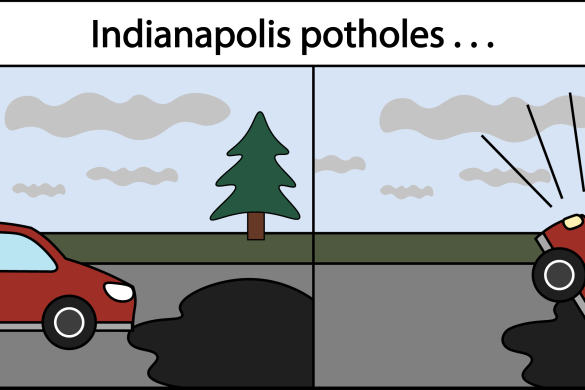The United States has been notorious for harsh sentencing of marijuana users and possessors. Old laws made possession of marijuana a detestable offense with fines and prison time. And older, more outlandish myths about marijuana have left many to look negatively upon those who use marijuana. Despite the negative light in which marijuana is viewed, the years of “Reefer Madness” have passed and America is finally taking a step in the right direction.
Now, if you don’t know what “Reefer Madness” is, it can be summed up like this: a 1936 propaganda film that portrayed young adults going crazy after smoking marijuana. At the time, it was thought that marijuana use would cause violent behavior, insanity and addiction and lead people to commit sex crimes. In 2014, there is evidence that proves that these accusations are far from the truth.
In 2011, the FBI reported that of the 1.5 million drug arrests made in the United States, 49.5 percent were for marijuana. The Huffington Post deduced that one marijuana arrest took place every 42 seconds. In that same report, a former Baltimore narcotics officer, who is a member of Law Enforcement Against Prohibition, was quoted saying that taxpayers are spending between $1.5 billion and $3 billion a year on police and court time for making arrests. That doesn’t take into account the cost of imprisoning people found guilty.
So why continue to waste money in an economy that could use any and all help possible?
If you look at Colorado, in just the first day, the drug sold $1 million worth of product. According to Colorado Gov. John Hickenlooper, the state is expecting $1 billion in sales and around $100 million in state revenue.
Colorado is by no means the largest state population-wise. It ranks 22nd overall, as opposed to Indiana’s rank of 15th. So if a state with roughly five million citizens is expected to generate $100 million in tax revenue, then what could that mean for an entire country of almost 310 million citizens? It could inject the economy with the boost it needs to get us out of the—dare I say it—recession.
That word still gets tossed around today, and rightfully so as unemployment rates are still high and the strength of the dollar is still not what it used to be. Legalizing marijuana in all 50 states could, hypothetically, generate $6.2 billion nationwide in a single year. The average state would have about $100 million in extra tax revenue to distribute as they please. This could mean improvements to the cities, schools (which are in dire need of help), healthcare and a slew of other areas.
And it doesn’t stop there. The states and the citizens will both benefit. Insert legalized marijuana into the economic fabric, and you create businesses. Businesses create jobs. And jobs create citizens who can spend money buying houses, cars, etc. These businesses and citizens will help invigorate the local and national economies.
So what is stopping us? Are the fears of “Reefer Madness” still looming and preventing us from an almost surefire way to boost our economy? Numerous studies have shown that consumption of marijuana does not increase the risk of accidents. Other studies have shown that the permanent adverse effects of marijuana on the body are miniscule.
Currently 14 of the 50 states have decriminalized the possession and consumption of marijuana. Most notably and recently, Washington, D.C., has drastically decreased legal action against marijuana offenders. Possession, which was punishable by $1,000 fine and up to a six-month prison sentence, has been reduced to a $25 fine. These steps by the nation’s capital will set the precedent for the rest of the United States, and it is time to embrace the fact that full marijuana legalization is just around the corner.







